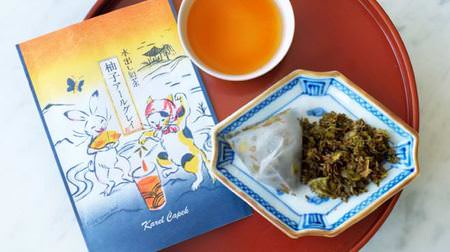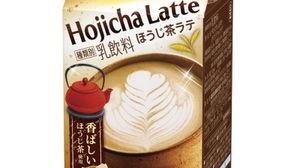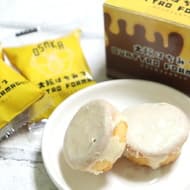
Comparison of the Benefits of Sencha/Hojicha/Black Tea
Japan is proud of its tea, and there are many types of tea, including sencha, green tea, black tea, and hojicha. In fact, they are all produced from the same Camellia Sinensis tree, which belongs to the Camellia Sinensis family. So why do so many different types of tea come from the same tea tree? It depends on how the tea leaves are fermented.Tea can be divided into six main categories depending on how the tea leaves are fermented.

1. Unfermented tea (green tea)
Sencha and green tea are typical examples. They are made by steeping to stop the action of oxidizing enzymes.
2. Weakly fermented tea (white tea)
This is a Chinese tea produced mainly in the Fujian and Hunan provinces of China and is rarely seen in Japan.
3. Semii-fermented tea (green tea)
Semi-fermented tea is made by adding heat after a certain degree of fermentation. It is positioned between green tea and black tea.
Oolong tea is a typical example.
4.Fermented tea (black tea)
Black tea is made after full fermentation and is characterized by its mellow flavor and aroma of fruits and flowers.
5. Weakly post-fermented tea (yellow tea)
This tea is fermented using a special method. Yellow teas are also lightly fermented with oxidizing enzymes prior to the method.
6. Post-fermented tea (black tea)
Tea leaves are heated to stop the oxidative enzymes from working, and then fermented with lactic acid bacteria or yeast. Pu-erh tea is a well-known example.
Now, we will explain about Sencha, Hojicha and black tea, which are familiar teas in Japan.
What is Sencha?
Before we talk about sencha, let's first talk about green tea. Green tea is a "non-fermented" tea. Sencha is a type of green tea that is produced using a process that prevents oxidation.
Green tea contains many healthy nutrients such as catechins, caffeine, theanine, vitamin C, gamma-aminobutyric acid, (GABA), saponin, vitamin B2, and dietary fiber, which are explained in detail in the previous article.
Reference article: 8 Nutritional Components of Green Tea : Helping Prevention of infection and more details
What is hojicha?
Houjicha is a tea made by roasting green tea at a higher temperature. Since it is originally green tea, hojicha also contains the above nutrients, but the amount of nutrients in hojicha is unique. In addition, hojicha contains pyrazine, which is not usually found in green tea.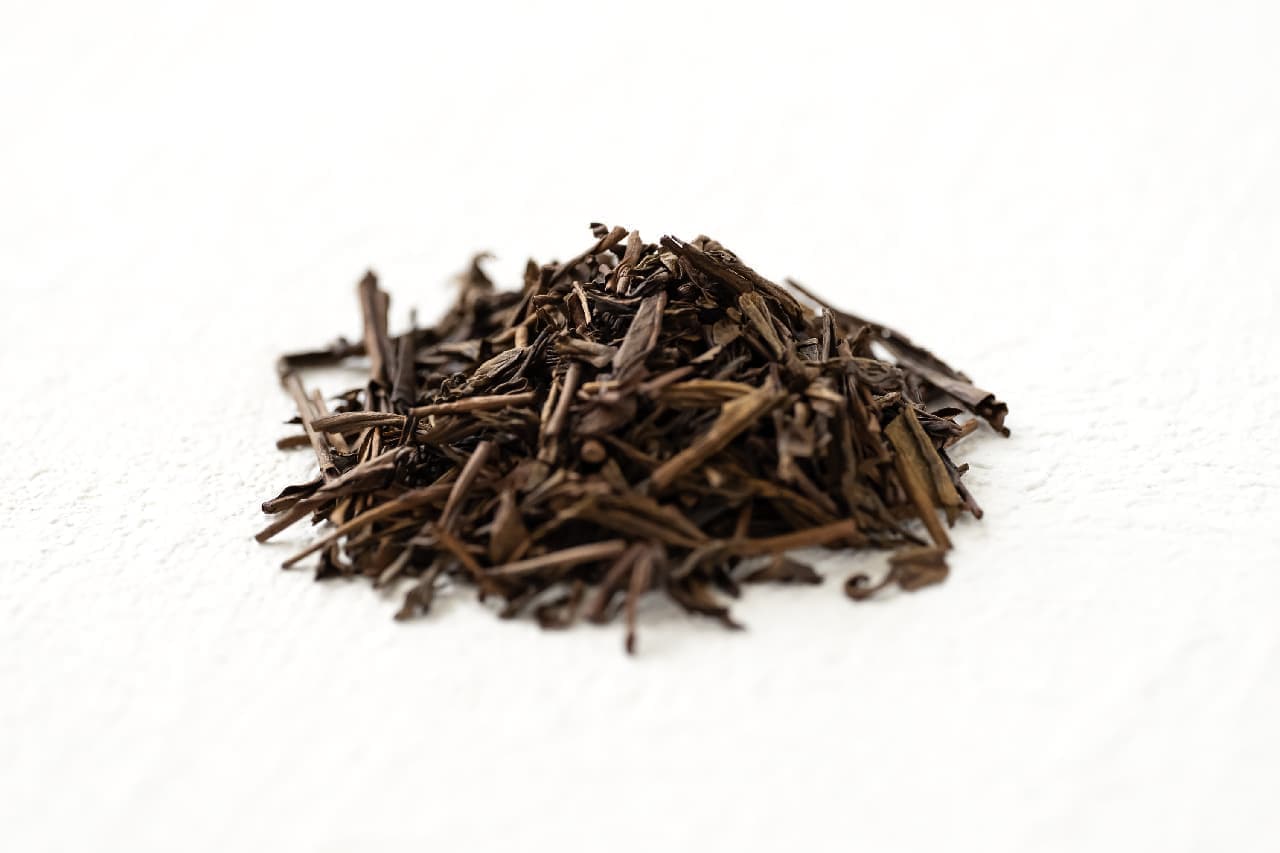
Characteristics of hojicha
Less catechins than green tea.
Houjicha is originally a component of green tea, so it contains the same amount of catechins. However, they are volatilized by roasting the tea leaves when refining hojicha, resulting in a smaller amount.Less caffeine than green tea.
The same as the above explanation, the amount of caffeine is reduced by roasting the tea leaves during the refining process of hojicha. The lower caffeine content makes it a relatively easy tea to drink for pregnant and breast-feeding women.It contains an ingredient called "pyrazine"
It is said that pyrazine is produced by roasting tea leaves. Pyrazine has the following effects.Relaxing effect
It is known that the pyrazine increases a substance called gamma-aminobutyric acid, (GABA) in the brain. Houjicha contains a relaxant called theanine, and drinking hojicha can be expected to have a relaxing effect due to the synergistic effects of theanine and pyrazine.Effect of promoting blood flow
It promotes blood circulation and warms the body. Pyrazine has been shown to prevent blood clots and is expected to prevent cerebral and myocardial infarctions.What is black tea?
Black tea is a fully fermented tea made by fermenting oxidative enzymes in tea. Since black tea is originally green tea, it contains catechins, caffeine, theanine, vitamin C, gamma-aminobutyric acid, (GABA), saponin, vitamin B2, dietary fiber, and other ingredients that are good for the body.Here we will explain the characteristics of black tea in comparison with green tea.

Characteristics of Black Tea
Contains a large amount of "theaflavin"
When catechins are oxidized by oxidizing enzymes, they become a component called "theaflavin. It changes to a beautiful red color, which is the color of common black tea. This theaflavin is what gives black tea its aroma and color. Theaflavin has the function of preventing cholesterol oxidation and reducing bad cholesterol.Higher caffeine content than green tea
Generally, the amount of caffeine per cup (about 120 ml)of green tea is about 24 mg. Black tea has about 36 mg. The amount of caffeine increases with fermentation, so black tea contains more caffeine than green tea.Summary
Sencha, hojicha, black tea, and many other types of tea all originate from the same tree. Therefore, they all contain the same nutrients, but the amount of nutrients in each tea differs slightly due to differences in the way they are refined. All teas are good for beauty, diet, and disease prevention. I personally try to drink green tea as much as possible every day for health. If you are pregnant or nursing and want to limit the amount of caffeine, I recommend drinking hojicha among the three types of tea.Hope this article has been helpful to you in choosing the right tea for your daily life.
Click here for related articles: Benefits of Matcha - How it makes us Healthy and Beautiful
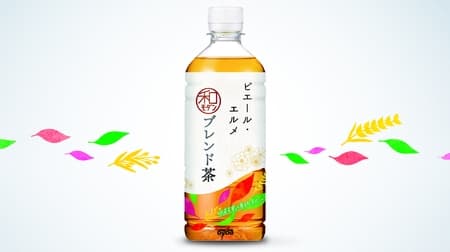
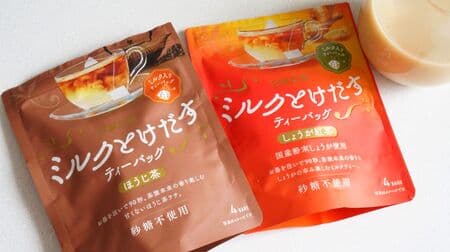
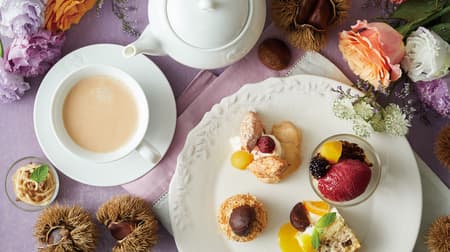
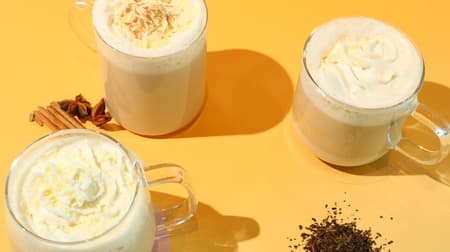


![Absolutely eat! Lloyds "Raw Chocolate [Darjeeling]" is exciting--deep tea flavor and gorgeous scent](https://image.entabe.jp/upload/articles/31035/acc3b61aeb4276b095f3e82e05cde06c_special.jpg)


